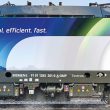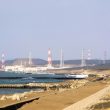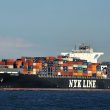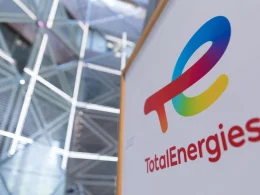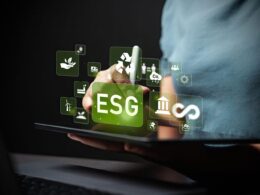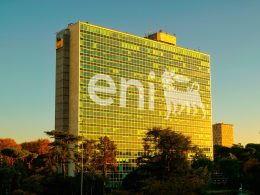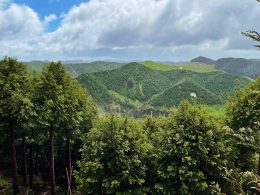A new agreement between Microsoft and carbon removal firm Terradot will see the tech giant fund the removal of 12,000 tonnes of CO₂ from the atmosphere between 2026 and 2029 through Enhanced Rock Weathering (ERW) projects in Brazil.
The deal includes support for an extensive scientific research programme that goes beyond current industry requirements for carbon credit verification. Terradot has already begun implementing the expanded monitoring protocol at its Brazilian sites, where it is scaling commercial operations and expects to issue its first carbon removal credits by the end of 2025.
The partnership follows Terradot’s $54 million Series A funding round—backed by Microsoft’s Climate Innovation Fund—and earlier carbon removal agreements with Google and Frontier totalling nearly 300,000 tonnes.
“This agreement with Microsoft represents a critical step forward in our mission to transform Enhanced Rock Weathering into a cornerstone of global carbon removal efforts,” said James Kanoff, CEO of Terradot. “Beyond purchasing carbon removal credits, Microsoft is investing in the scientific research needed to build confidence in ERW and dramatically improve the accuracy of measurement, reporting, and verification.”
Microsoft’s Brian Marrs, Senior Director of Energy and Carbon Removal, added: “This deal advances Microsoft’s interest in exploring under what conditions Enhanced Rock Weathering can safely become a cost-effective, scalable source of high-quality carbon removal. Improving soils – both through conservation practices and addition of alkaline rocks – has the potential to deliver real benefits to farmers in addition to the climate.”
A focus on scientific confidence and measurement
The agreement supports the development of more robust MRV (measurement, reporting, and verification) methods for ERW. Existing registry standards offer a basic framework, but the Terradot-led research will expand sampling density and include advanced watershed and water system monitoring. The data will help refine carbon cycle models and strengthen verification standards.
“The research we’re conducting will serve two critical functions,” said Professor Scott Fendorf of Stanford University, a founding member of Terradot’s science team. “It will build trust and confidence in ERW measurement, reporting, and verification – not just for Terradot but for the industry as a whole. Secondly, the data will enable Terradot to develop low-cost MRV approaches to support broader scale-up.”
Brazilian projects underway
Terradot is currently operating on 2,000 hectares of land in Brazil, where it has so far spread nearly 50,000 tonnes of rock. The material is sourced from local quarries located within 50 kilometres of each project site, keeping transport costs and emissions relatively low. Brazil’s tropical climate and soil conditions are particularly favourable for accelerated weathering, making it a prime location for ERW deployment.
“Brazil’s unique combination of tropical soils, clean electricity grid, and agricultural infrastructure makes it an ideal location for scaling ERW,” said Julia Marisa Sekula, Terradot’s CFO and Director of Brazil Operations. “By integrating carbon removal with agricultural benefits like improved soil pH and enhanced micronutrients, we’re building a model that delivers value to farmers while advancing a global climate solution.”
Terradot plans to deliver its first carbon removal credits from these operations by late 2025.










